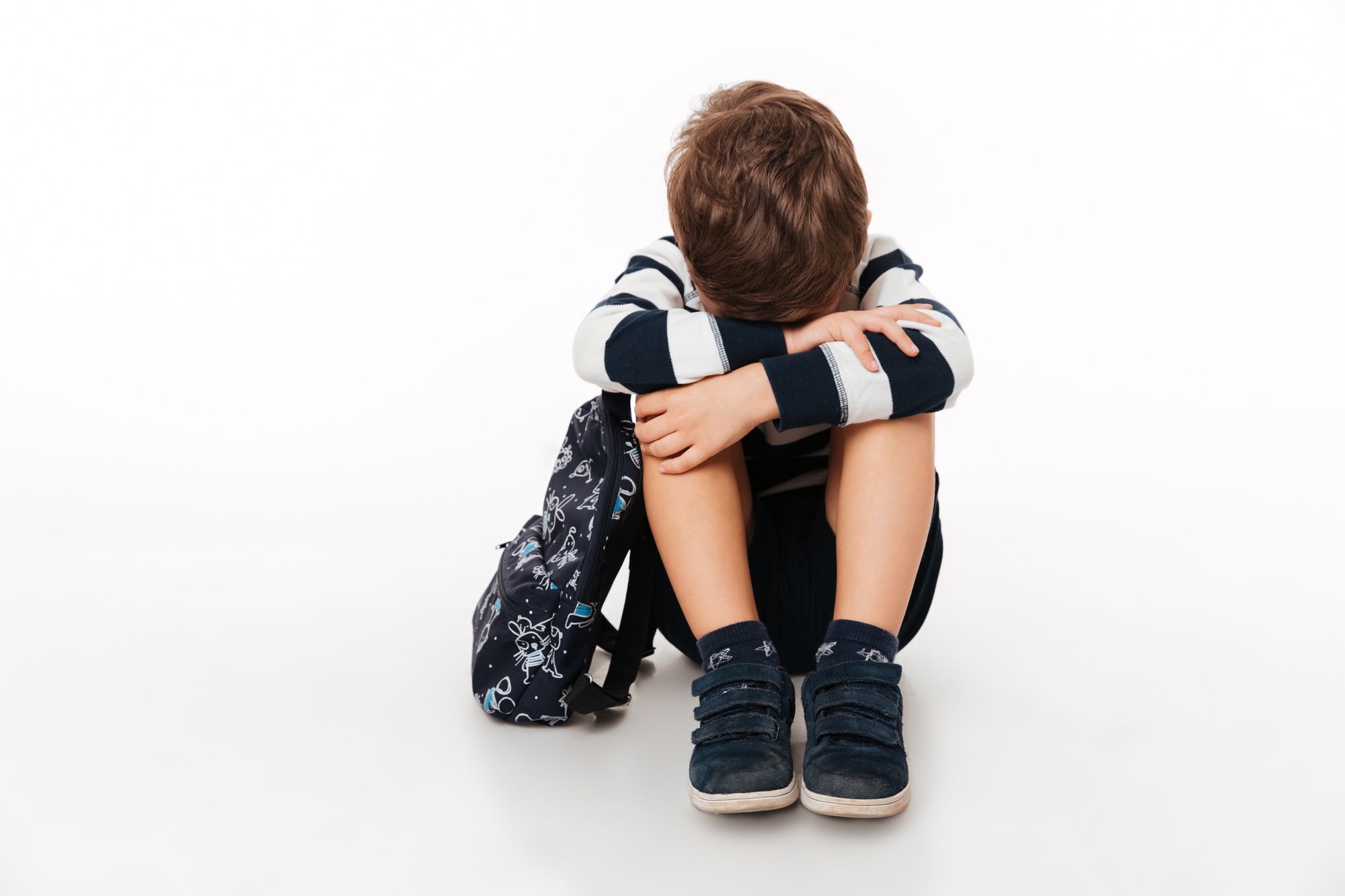How Can I Help My Child Prepare For Preschool?

Preschool is the start of your child's educational journey. It is a great place for children to learn to share, to take turns, and follow rules, and interact with peers their age. It also prepares them for kindergarten and beyond.
For both parent and child, going to preschool can be exciting and nerve-racking at the same time. As a result, parents may be tempted to start preparing months in advance. While all this preparation may help parents feel in control, it can be overwhelming for the child.
The recommended timeline for preschool prep is two weeks before your child's first class. There are ways to make this process casual and exciting - let's look into them!
Use pretend-play to explore the idea of preschool

Children at this age learn best through play. Take turns being the parent, child, and teacher and act out parts of a typical day of preschool, such as:
- saying good-bye to mommy and/or daddy
- singing songs,
- reading stories,
- having Circle Time,
- playing outside,
- and taking naps.
Constantly reassure your child that preschool is a place to have fun and learn. Answer all questions patiently. This helps children feel more in control, which reduces their anxiety.
Use books to share feelings and experiences

Emotions can be difficult to express and manage, even for adults! This is even harder for children, who do not have the words to express how they feel yet. Fortunately, there are some great books out there on the first day of preschools that makes sharing easier.
Choose several to share with your child before school starts. Talk about the stories and how the characters are feeling. Encourage your child to talk about how they are feeling too.
Prepare a routine

Routine brings structure and a sense of responsibility into life, especially for children. It removes their fear of uncertainty – whether it’s the broccoli on their plate – or a big life change like starting preschool.
Routine gives people the feeling of being in control. It also ensures that your child is active and healthy, which can make them more open to learning. It helps them transition from the comfort of their homes to the structured, social environment of a preschool.
You can begin introducing parts of the new routine about two weeks before the first day of school. A good place to start is with bedtimes on school days and allocated time to get ready in the mornings.
Once you feel that your child is ready, slowly introduce classroom activities such as snack times, nap times, and outdoor play to get them used to the school's schedule.

Fix their bedtimes

This works hand-in-hand with the above tip.
Putting your child down for bedtime can prove to be one of the most difficult things to do. But with a routine, it's possible. Aim for a routine that is comforting and relaxing. A suggested routine could look something like this:

According to the National Sleep Foundation, school-age children need between 9 and 11 hours of sleep each night. Read more on the nitty-gritty of your child's sleep cycle.
Note that the suggested routine has no technology involved. This routine should be based on high parent-child engagement. Take this downtime to connect with your child. Tell them a story, tuck them in, and kiss them goodnight. This will calm their restlessness, remove their fears and also give them a feeling of being loved.
Visiting the preschool before school starts

Wait... Going to school before school?
Yes, you read right.
Visit the preschool with your child a few times before school starts if possible. This can help them familiarise themselves with a new environment. This is also the chance to meet with your child's teacher and ask questions about routines and common activities.
Get a copy of their weekly routine (similar to the one above) and introduce some of those routines and activities at home so that your child can become familiar. If the school allows you to visit the classroom, make use of that opportunity to let your child explore and observe how the class is carried out. Observe your child and take notes of their emotions at different points. This may give you insights into possible stresses they may be facing.
Tip: Ask how the teacher handles tear-filled first days. How will the first week be structured to make the transition smooth for your child?
Establishing a parent-teacher partnership

For a smooth and bump-free journey from home to preschool, the parents and the teachers have to work in unison.
Research has shown that positive relationships between parents and teachers have been shown to improve children’s academic achievement, social competencies and emotional well-being. When parents and teachers work as partners, children do better in school and at home.
In this aspect, LittleLives uses technology to connect parents and teachers to aid their children’s learning. Through Little Family Room, a consolidated platform for parents to communicate with their school, parents can closely monitor their children’s progress and be kept abreast of their activities,
By being connected, parents get to play a bigger part in their children’s development in the school. Nicholas Sully, a parent whose child is in a preschool that uses Little Family Room, said:
“I get instant notifications about what’s happening, and that’s convenient. I also get to view photos of the various school activities and this makes it easier for us to talk about what they did in school when they’re back home.”
The first day

The actual day is finally here.
Take a deep breath.
When you enter the classroom on the first day, calmly reintroduce the teacher to your child, then step back to allow the teacher to begin forming a relationship with your child. Your endorsement of the teacher will show your child that he or she will be happy and safe in the teacher's care.
If your child clings to you or refuses to participate in the class, don't get upset — this may only upset your child more. Always say a loving goodbye to your child, but once you do, leave promptly.
Don't sneak out.
As tempting as it may be, leaving without saying goodbye can make your child feel abandoned.
A consistent and predictable farewell routine can make leaving easier. Some parents wave from outside the classroom window or make a funny goodbye face, while others have a special handshake before parting.
Transitional objects — a family picture, a special doll, or a favourite blanket — can also help comfort a child. Also, keep in mind that most kids do well after their parents leave.
Recognise separation anxiety

The final tip here is for you parents.
Sure, it’s the parent’s job to be strong during this time and reassure the child when they are feeling nervous. But it is important to recognise that this is a difficult transition for you as well.
One thing that can help you, the parent, is to stay connected through school applications, such as Little Family Room, that allow you to stay on top of how your child is doing in school through reports, communication with your child's teachers, and through adorable pictures of your child in school.
There isn't any instructional guide on parenting.
The only thing any of us can do is to be present and always be there for our children – on the good days and especially on the bad days.
To sum it up
A smart school management system is designed to make your life easier. It is the nervous system for schools around which other technologies are incorporated. It is, in fact, a master plan to regulate administrative operations in a consolidated, integrated, efficient and smooth way to increase the productivity of schools.
If you are an educator or school administrator still looking for a system that will work well for your school's operations, you can contact LittleLives to see how we can help!



